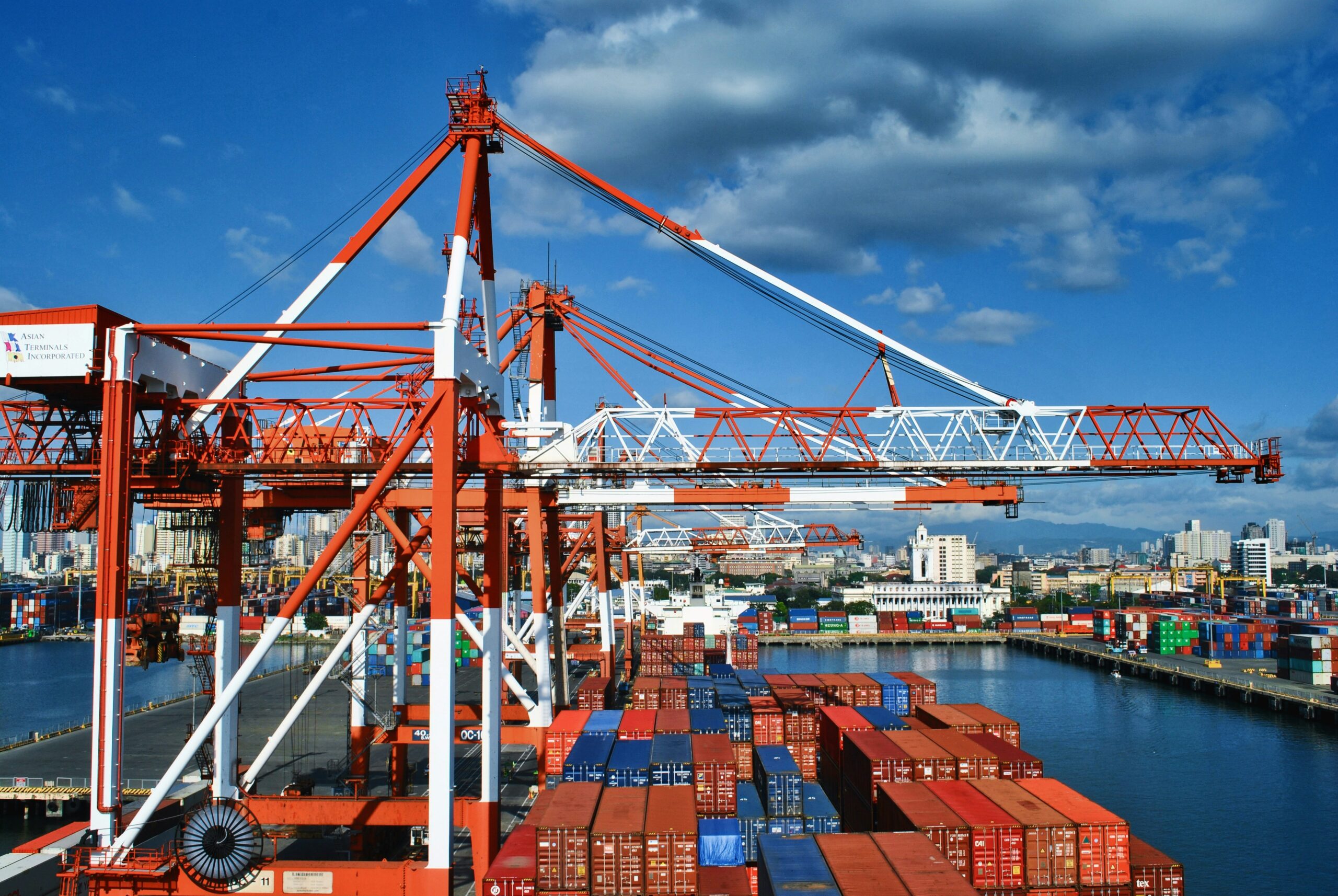By Matt Reid, CEO, US
The on-again, off-again, ever-shifting White House tariff plan continues to roil the global trade and business landscape.
Market volatility, and unpredictability, persists for companies and organizations trying to stay one step ahead. The 90-day freeze on the most onerous tariffs, for all but China, does little to clarify the long-term implications for the supply chain, outlook for the U.S. economy and business planning that still must account for countless unknowns.
Amid this uncertainty, how can leadership teams credibly engage with investors, employees and customers? Much like the outset of the COVID-19 pandemic, when regulations across countries and regions shifted daily, agility remains the core tenet to successful communications in this “wait and see” period. Striking the right balance in acknowledging the reality, without over-communicating long-term potential impact, will ensure flexibility as the operating environment settles.
What follows are recommendations to guide business leaders on how to communicate about global tariffs, particularly through the next 90 days.
Strategies to engage while maintaining credibility
Get to your stakeholders first — and directly. Tell a cohesive story, leaning into your normal channels, but be aware of specific messaging for each audience. The news media are eager for the corporate and industry perspective but prioritize direct stakeholder engagement in the near-term. For customers, product availability, value and price are top-of-mind. Employees need assurance on security, wages and job risk. Investors have bottom-line concerns: Cost exposure and business risk, management of that risk and long-term business outlook.
Refrain from making public comments on issues that could quickly change in the coming weeks. The surest way to lose the confidence of key audiences is having to correct the record on prior company statements. The situation remains very fluid and so should your messaging. Stay high-level and stick to the facts.
Highlight solutions, underscoring your efforts to mitigate tariff impacts or further supply chain disruptions, such as a long track record of resilience, adapting to evolving conditions and working to diversify sourcing, etc.
Think strategically about frequency, tone and medium. How you engage with stakeholders can matter as much as what you say. If current and anticipated impact is limited, don’t raise the issue frequently or hold a town hall to discuss. Conversely, if the consequences are expected to be significant, relying on reactive talking points or an industry trade association is likely not enough.
If your supply chain is heavily dependent on Chinese production, expect questions about China. The China carve-out for the freeze on tariffs shifts the conflict to a primarily one-on-one battle between two economic superpowers. Be ready to address the implications while avoiding any long-term commitments or plans, as even this battle could turn into a quick skirmish with a negotiated outcome.
Ensure there’s a feedback loop, such as Slack channels, customer feedback from the sales team or the investor relations team relaying questions from investors. Keep track of what other players in your industry are saying about the tariffs and stakeholder reception to their statements.
Stick to talking about your business. Avoid getting sucked into a political debate.
Threading the needle on messaging despite so many unknowns
Though each company’s approach must align with its specific circumstances, below we’ve offered key considerations and essential building blocks to craft clear, consistent messaging.
Assure stakeholders that you are carefully monitoring developments and assessing potential impacts on the business and key stakeholders. While not entirely satisfying, a “watch, listen, and assess” message is vital to conveying the organization is ready to adapt to fast-moving developments.
Speak to what is known and verified in terms of near-term impact on customers, business operations and shareholders, and acknowledge the possibility for rapid change. As needed, emphasize supply chain continuity, availability of product and ability to adapt to changes in global trade.
Give stakeholders a glimpse into the ongoing work behind the scenes. If there’s a cross-functional team planning for contingencies or analyzing supply chain or business flexibility, help stakeholders understand these efforts at a high level.
The underlying message for customers, investors, partners and employees: the company has its business health and customers top of mind, is closely tracking the impacts of the U.S. policy on tariffs and is agile and well-positioned to address a quickly shifting global trade landscape.
Published: PR Week – April 17th 2025
